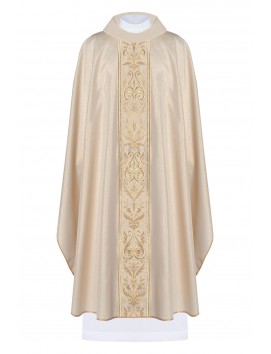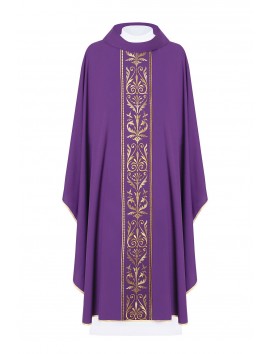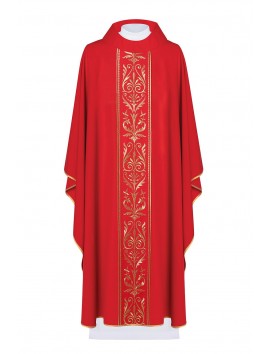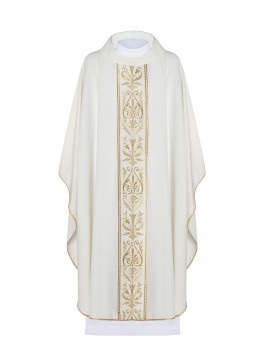In the Bible, the term "robe" is used to refer to a variety of garments, including both ordinary clothing and garments of special significance. However, there are a few specific types of garments mentioned in the Bible:
1. Priestly garments: The priests in the Old Testament were required to wear special garments when performing their duties in the temple. These garments included a robe made of blue, purple and scarlet yarn woven with gold thread (Exodus 28:31-35).
2. Royal robes: Kings and other rulers in the Bible are often described as wearing robes of fine cloth, such as linen or silk. These robes were often decorated with jewels and other ornaments (Esther 8:15, Psalm 45:8).
3. Robes of righteousness: In the New Testament, the concept of a "robe of righteousness" appears as a metaphor for the spiritual purity and salvation that believers receive through faith in Christ.

What is biblical clothing called?
Biblical clothing can refer to a wide range of garments and styles of dress worn during the time period covered by the Bible. Some of the most common types of clothing mentioned in the Bible are
1. Tunic: A tunic was a simple knee-length garment worn by both men and women in ancient times. It was usually made of linen or wool and was often worn underneath.
2. Robe: A robe was a long, loose-fitting garment often worn over a tunic. It was usually made of wool or linen and could be plain or decorated with patterns or embroidery.
3. Mantle: A mantle was a cloak or shawl worn over the shoulders. It was often made of wool and could be plain or decorated with fringes or tassels.
4. Sandals: Sandals were the most common type of footwear in ancient times. They were usually made of leather and had straps that fastened around the ankle or up the leg.
Where is cross dressing forbidden in the Bible?
The Bible does not use the term "cross-dressing", but there is a verse in the Old Testament that forbids men from wearing women's clothing and vice versa. Deuteronomy 22:5 says, "A woman shall not put on a man's garment, nor shall a man put on a woman's cloak; for whoever does these things is an abomination to the Lord your God".
This verse is often interpreted to mean that men and women should dress according to their biological sex. Some people believe that this verse prohibits all forms of cross-dressing, while others interpret it more narrowly to apply only to situations where someone is trying to deceive others or engage in immoral behaviour.
It's worth noting that this verse is part of a larger body of Old Testament law that includes many other rules and regulations, some of which are no longer followed by most Christians today.




















